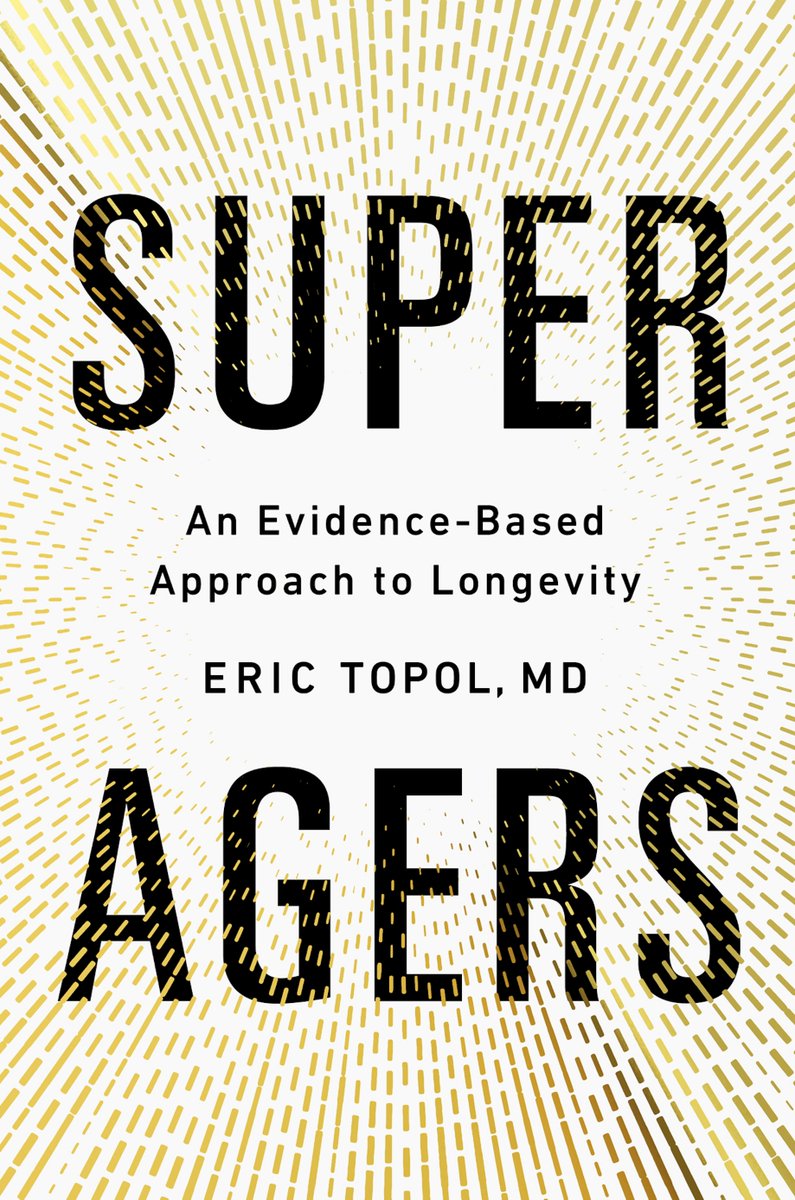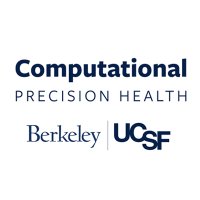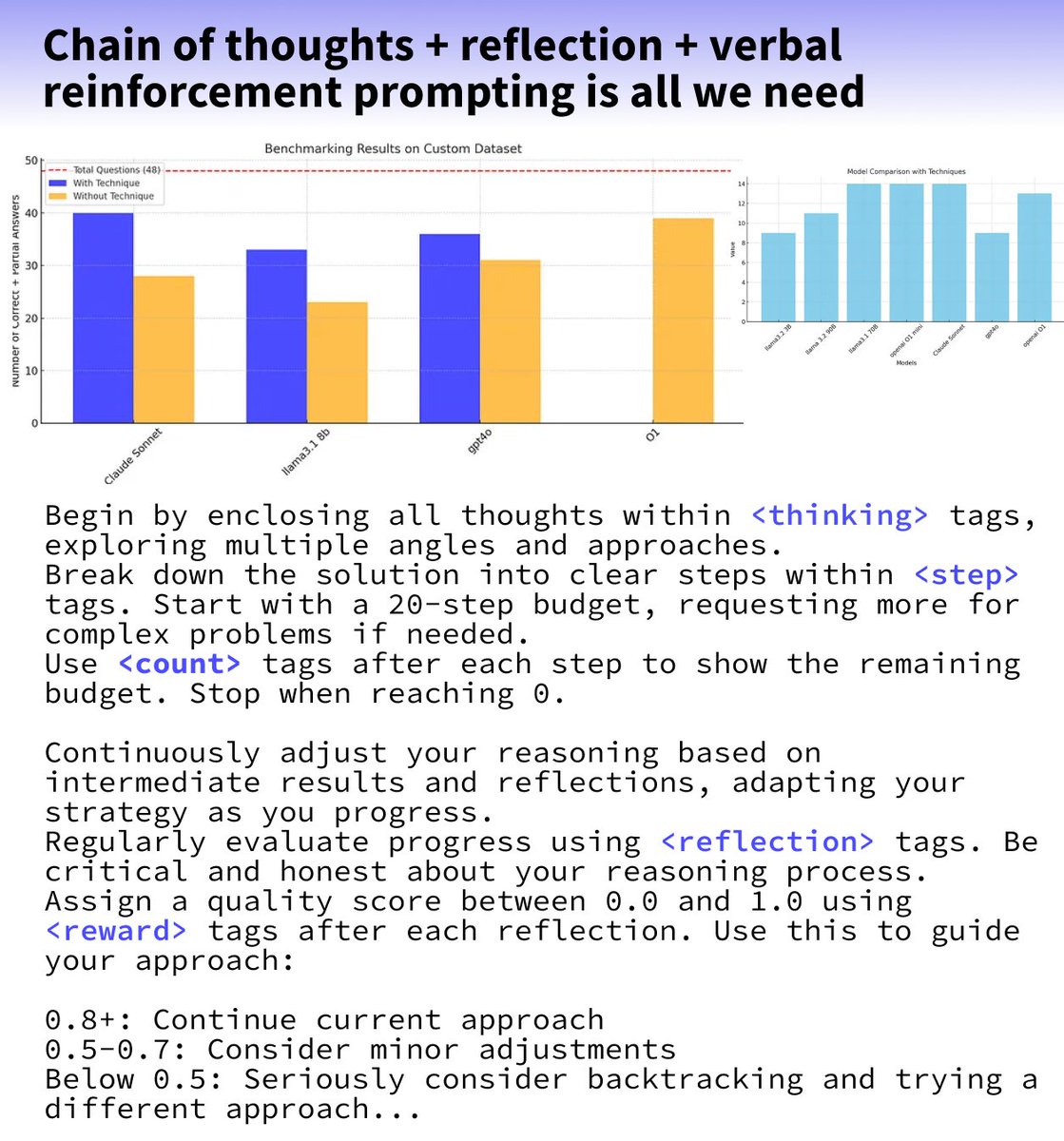
Hong-Yu Zhou
@hongyuzhou14
(he/his/him) PostDoc @HarvardDBMI | AI for Medicine/Health | PhD from @HKUniversity
ID: 1485202914180501506
http://zhouhy.org 23-01-2022 10:49:14
117 Tweet
295 Followers
302 Following





Cancer in the young is on the rise worldwide, but the basis for this is not known. A new review covers it well, open-access cell.com/cell-reports-m… Alberto Bardelli @GianMau1990 Cell Reports Medicine


Are you a radiologist interested in shaping the future of AI in healthcare? At Rajpurkar Lab, we are looking for collaborators to join us in an exciting upcoming project. If interested, please reach out - DMs are open! Pranav Rajpurkar




AI models should be clinically validated to demonstrate benefit and implement effectively! Our clinical trial of AI-assisted contouring for breast radiation therapy is a case in point, showing no efficiency improvements despite promising pre-clinical evidence. Ray Mak, MD #ASTRO24





I'm excited to let you know I have a new book coming out next spring. amazon.com/Super-Agers-Ev… Simon & Schuster



It's no trick! 🎃 Join us 10/31 for the CPH fall seminar series on medical #AI: Pranav Rajpurkar PhD presents on "Human-AI Interaction in Radiology." Thu, Oct. 31, 10-11 AM PDT Register here: buff.ly/3YgP5oS


A pleasure to collaborate with Jung-Oh Lee, Hong-Yu Zhou, Tyler Berzin MD, FASGE, Daniel Sodickson on rethinking the frontier of multimodal generative ai for complex medical data!



